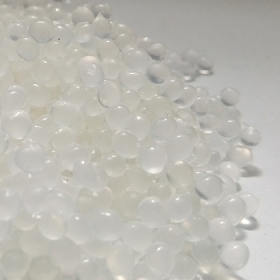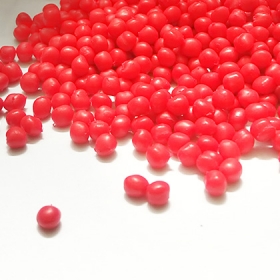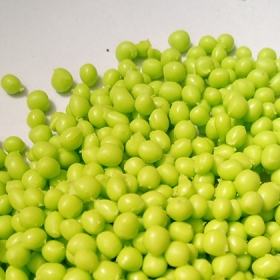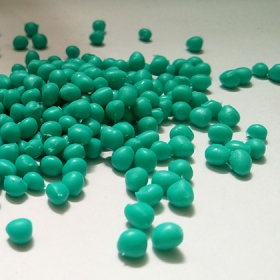TPE Products
Thermoplastic Elastomer (TPE/TPR) compounds is an elastomeric material that is softer and more elastic than plastic particles. TPE/TPR is a general name of the compounds material that can be divided into 6 major categories according to its different chemical composition and combination.
TPE plastic pellets makes no difference with ordinary plastic pellets. They can be injected, extruded, calendered, foamed and thermoformed into various finished products. They have greatly replaced the plastic products that are currently used in a large amount. Foamed TPE can be naturally decomposed under normal conditions, and the burden on the environment is small. Some types of TPE have the advantages of not generating toxic gases after combustion and no odor during processing. In the time when the world is about to ban on PVC (polyvinyl chloride) and the gradual elimination of toxic plastic materials such as PET bottles and plastic bags, such TPE materials can be applied to many necessities in daily life, and have environmental protection appeals. The thermoplastic elastomer TPE/TPR compounds is a series of rubber-like materials that combine rubber elastic properties with plastic processing conditions and recyclable properties.
Unlike the chemically crosslinked type of thermosetting rubber, the thermoplastic elastomer TPE compounds is a purely physically crosslinked type of product, meaning that the thermoplastic elastomer TPE is like a plastic, which can be shaped by heating, which enables the thermoplastic elastomer TPE compounds to be recycled repeatedly of the waste material generated by the whole processing; the recycled products can be remanufactured thru simple processing procedures after using, which can effectively reduce environmental pollution and greatly expand renewable resources.
We, Zhili TPES is capable of developing or simulating TPE(S) / TPR thermoplastic rubber compounds materials of the same properties, and we will replace the twin-screw new water granulation production equipment in the factory within a certain period of time to secure the quality stability of our TPE (S) / TPR compounds products.
In terms of properties, Zhili TPES has rubber properties and plastic processing properties. It is a material with high resilience, environmental protection, non-toxicity and safety. Vulcanization is not required during processing, and has excellent coloring property and weather resistance. It is easy to process, recyclable and cost reduction. It is generally bonded/coated with PP, PE, PC, PS, ABS, PA (Nylon) and other materials, and can also be formed / molded itself.
- Wide ranges of options for hardness , from Shore 10C being softened to Shore hardness D50
- Good transparency; can be fully transparency
- Slip resistance, good sealing and shock resistance
- High temperature resistance (usually up to 80 ° C) and low temperature resistance (minimum -50 ° C)
- Non-toxic food grade and medical device materials (FDA compliant)
- Good weather & chemical resistance
- Chemical resistance, excellent resistance to water and acid /alkali resistant, can also be soaked in solvent or oil for a short time
- High tensile strength and low compression deformation
- Ductility (minimum 500%)
- Excellent electrical properties such as insulation, resistance for different voltages and electromagnetic waves
- Environmentally friendly, 100% recycled
- Low processing cost, easy processing / no sulfur addition
- Good rubber sense of touch and good mechanical properties

Good weather resistance

Softness

Good ductility

High tensile strength

Good mechanical properties

Anti-aging

Scratch resistance

Good two-color bonding

Non-toxic

Good dust resistance

Chemical resistance

High temperature resistance







